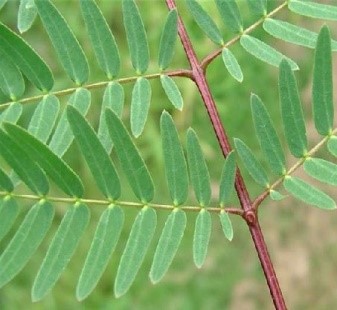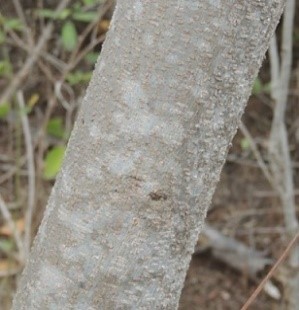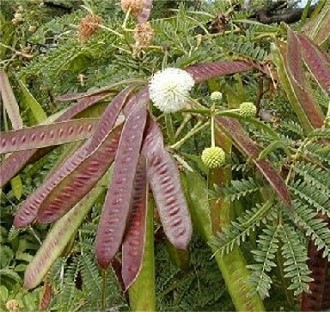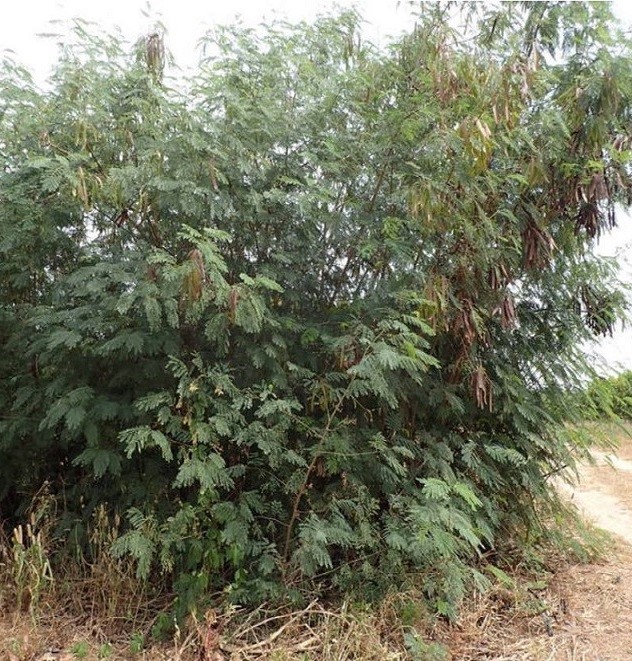Trees
Leucaena leucocephala (Lam.) de Wit.
Leucaena leucocephala (Lam.) de Wit.
Description :
A
fast growing, evergreen shrub or small tree 5 to 20 m tall. Diameters to 20 cm
are common, spending on whether tree or shrub like form. Foliage is
feathery-like and the leaves are compound. Leaves are 7 to 15 cm long, while
the leaflets are small, 3 cm long. The flowers are small, white, look like
"powder puffs", and occur between June and November. The pods are in
bunches, flat and long. They are brown when ripe and mature between September
and December. It can be reproduced both from seed and by vegetative means. Seed
can be stored without special considerations for several years and maintains
its viability. Pre-treatment of seed with a water soak will speed up
germination. Young plants need protection from grazing and frost. Because of
its tolerance and seed habit it can quickly become a weed problem. It has straight
grained wood with yellowish-brown colour and medium fine texture. Its wood very
resilient and strong in character.
Distribution :
The tree is native to Mexico. It has been successfully planted
throughout tropical parts of the world. In Pakistan it is cultivated in the
plains and foothill areas. This aggressive, tolerant tree grows on a variety of
sites. It is quite adaptable, growing on steep hill sides with shallow soils
and marginal mountainous gravelly and sandy soils. It will also row on saline
and alkaline soils (PH. 6.5 and above). It requires a summer precipitation zone
of 500 to 1000 mm/yr. It prefers a moist tropical climate with a temperature
range of 2 to 45°C at elevations up to 500 m. Grazing can be a problem.
Seedlings tolerate light frost. No known pests or diseases have been reported
in Pakistan. However a defoliator, Psylid spp., is creating serious
problems with Leucaena in other parts of the world.
Uses :
It is fast growing and highly productive. Yields of 30 m3/ha/yr
have been recorded for rotations of 10 years. Growth in irrigated plantations
has been excellent. This tree is adapted to a variety of sites and soils. Both
acid and alkali soils are suitable for this tree. It coppices readily, is a
good nitrogen fixer, and also for irrigated plantations. It is a useful tree in
farm forestry programs. Also used as fodder, fuel, nitrogen fixing, poles and
construction, agricultural implements, apiculture, furniture, and soil
stabilization.



